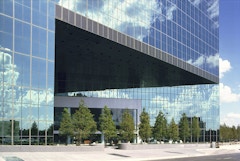
Case Study: Renovation of Fountain Place
Fountain Place is a project that exemplifies the latest technology and applications in building skin design and jumbo structural glass applications,

Fountain Place is a project that exemplifies the latest technology and applications in building skin design and jumbo structural glass applications,


Buildings account for over 40% of global emissions (GlobalABC, 2018). Growing populations and higher standards of living are increasing pressure on

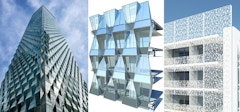
Facade design is a key component of architectural expression, and increasingly a key design consideration due to growing importance of factors like:

In 2023, the International Sustainability Standards Board (ISSB) inaugurated the first two global sustainability disclosure standards IFRS S1/S2 to
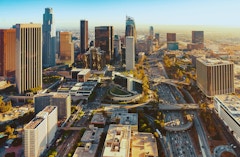
Presentations of outstanding projects in the LA area. More details will be announced soon. Make sure you're signed up to receive event updates. The event is free but registration is required. See you there!
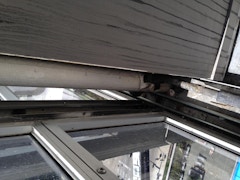
Mies van der Rohe’s concurrently designed projects for Commonwealth Promenade Apartments (1953-1956) and the Esplanade Apartments (1953-1957), saw

SISTECCER, a joint production of ALUAR, DOW and VASA, has been consolidated through its previous twelve editions as a meeting place of excellence with experts from the country and abroad, to expand knowledge in technologies for building envelopes.
Few buildings are as iconic as Willis Tower. Generations of Chicagoans have a collective memory of this building playing a role in their entire


3.5 billion years ago, cyanobacteria created the foundation for life on Earth by producing the oxygen basis for our atmosphere. Should we once again
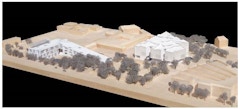
Steven Holl Architects designed two new buildings in the Museum District in Houston, Texas. Knippers Helbig is the facade consultant of both

The recently completed Capital One Hall performing arts center located in the Washington DC metro area is defined by a pleated exterior of glass and
Other than limited special cases, there is a lack of standards providing guidance on the design of structural glass. This has resulted in an ad-hoc


Life cycle assessment was introduced in the 1970s as an analytical tool to quantify the environmental impact of a product, process, or service.

This paper provides an overview of a course focusing on the façade as taught to architecture students over a twenty-year period. The need for this